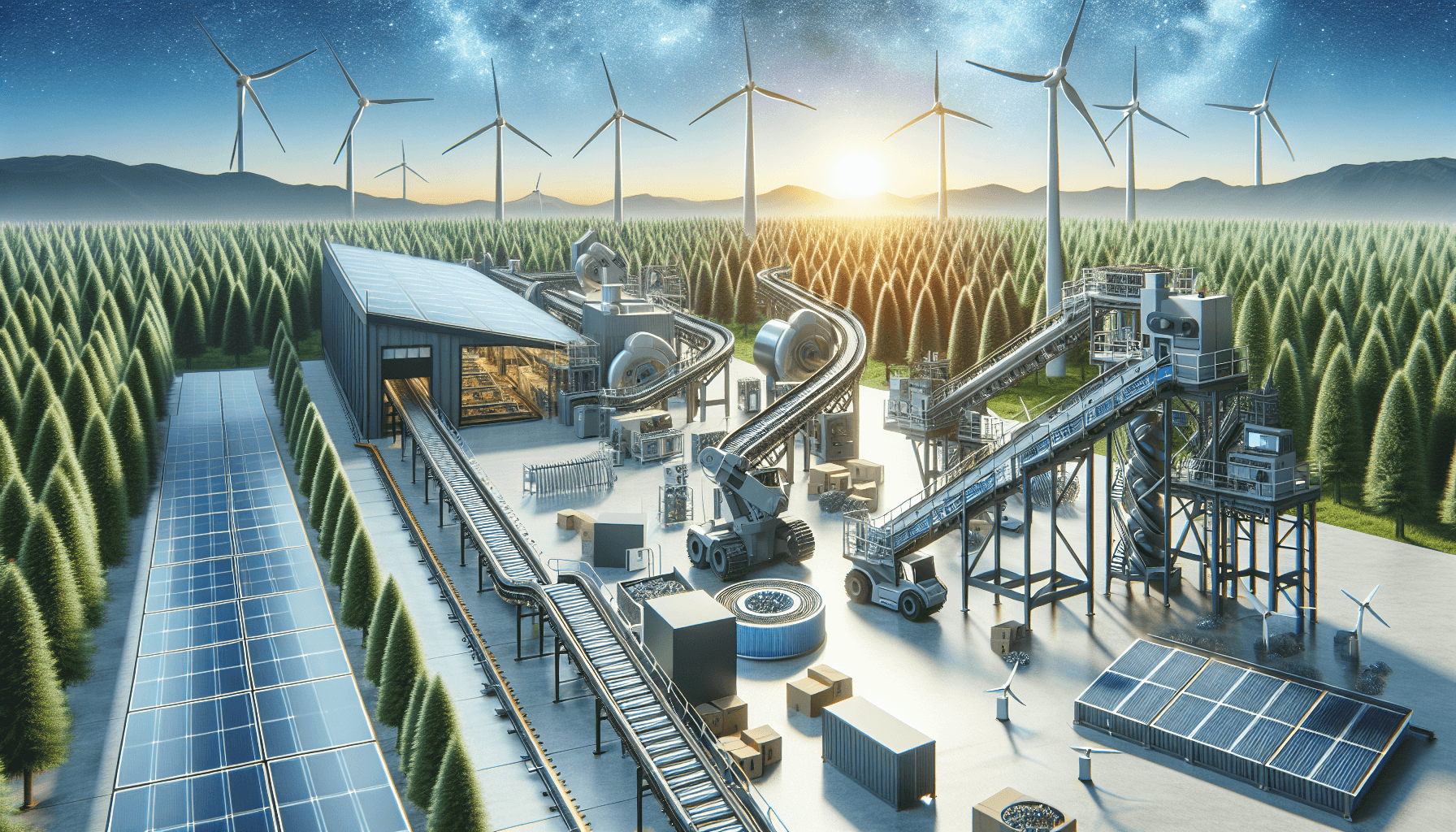Modern material handling equipment plays a crucial role in warehouse operations, revolutionizing the way goods are stored, transported, and managed. Apart from enhancing productivity and efficiency, these equipment also have a significant impact on the environment.
Reduced Energy Consumption
One of the major environmental benefits of modern material handling equipment is the reduced energy consumption. With advancements in technology, these equipment are designed to be energy-efficient, resulting in lower electricity consumption. For example, newer models of forklifts and pallet jacks are equipped with advanced battery systems that allow for longer operating hours without the need for frequent recharging. This not only reduces the carbon footprint but also helps warehouse owners save on energy costs.
In addition to energy-efficient equipment, warehouse optimization solutions offered by companies like HCO Innovations can further optimize the energy usage within warehouses. By utilizing smart algorithms and innovative technologies, these solutions can automate processes and utilize equipment more effectively, reducing idle time and unnecessary energy consumption.
Improved Warehouse Layout and Space Utilization
Another environmental benefit of modern material handling equipment is improved warehouse layout and space utilization. By adopting innovative technologies such as automated guided vehicles (AGVs), warehouses can optimize their storage space and reduce the need for excessive expansion. AGVs can navigate through narrow aisles and stack goods efficiently, maximizing the use of vertical space.
A well-designed warehouse layout and efficient space utilization not only save energy but also minimize the need for additional warehouse construction, reducing the environmental impact associated with land use and construction materials. Companies like HCO Innovations specialize in providing warehouse optimization solutions that help businesses create optimized layouts and utilize every inch of available space.
Minimized Fuel Emissions
Traditional material handling equipment, such as diesel-powered forklifts, contribute to air pollution due to their emissions. However, modern material handling equipment powered by electric batteries or alternative fuels significantly reduce harmful emissions. Electric forklifts, for example, produce zero tailpipe emissions, helping to improve air quality both inside and outside the warehouse.
Reducing fuel emissions is not only beneficial for the environment but also for the health and well-being of warehouse workers. Eliminating harmful fumes from diesel-powered equipment creates a safer and healthier working environment, reducing the risk of respiratory illnesses.
Reduced Waste Generation
Efficient material handling equipment can contribute to reduced waste generation within warehouses. With the ability to handle goods more accurately and safely, modern equipment minimizes the risk of product damage and breakage. By using automated systems, the need for manual handling is reduced, further reducing the risk of accidents and damaged goods.
Additionally, warehouse optimization solutions can help businesses implement effective inventory management strategies, reducing the amount of excess stock and preventing inventory obsolescence. This minimizes the amount of waste generated from expired or unused products and ensures better control over inventory levels.
Conclusion
The adoption of modern material handling equipment brings significant environmental benefits to warehouses. From reduced energy consumption and improved space utilization to minimized fuel emissions and waste generation, these equipment contribute to a more sustainable future.
Companies like HCO Innovations are at the forefront of providing warehouse optimization solutions, helping businesses maximize their environmental performance while enhancing safety, productivity, and efficiency within their operations. By implementing these solutions and utilizing modern material handling equipment, warehouses can not only reduce their environmental impact but also achieve cost savings in the long run.

